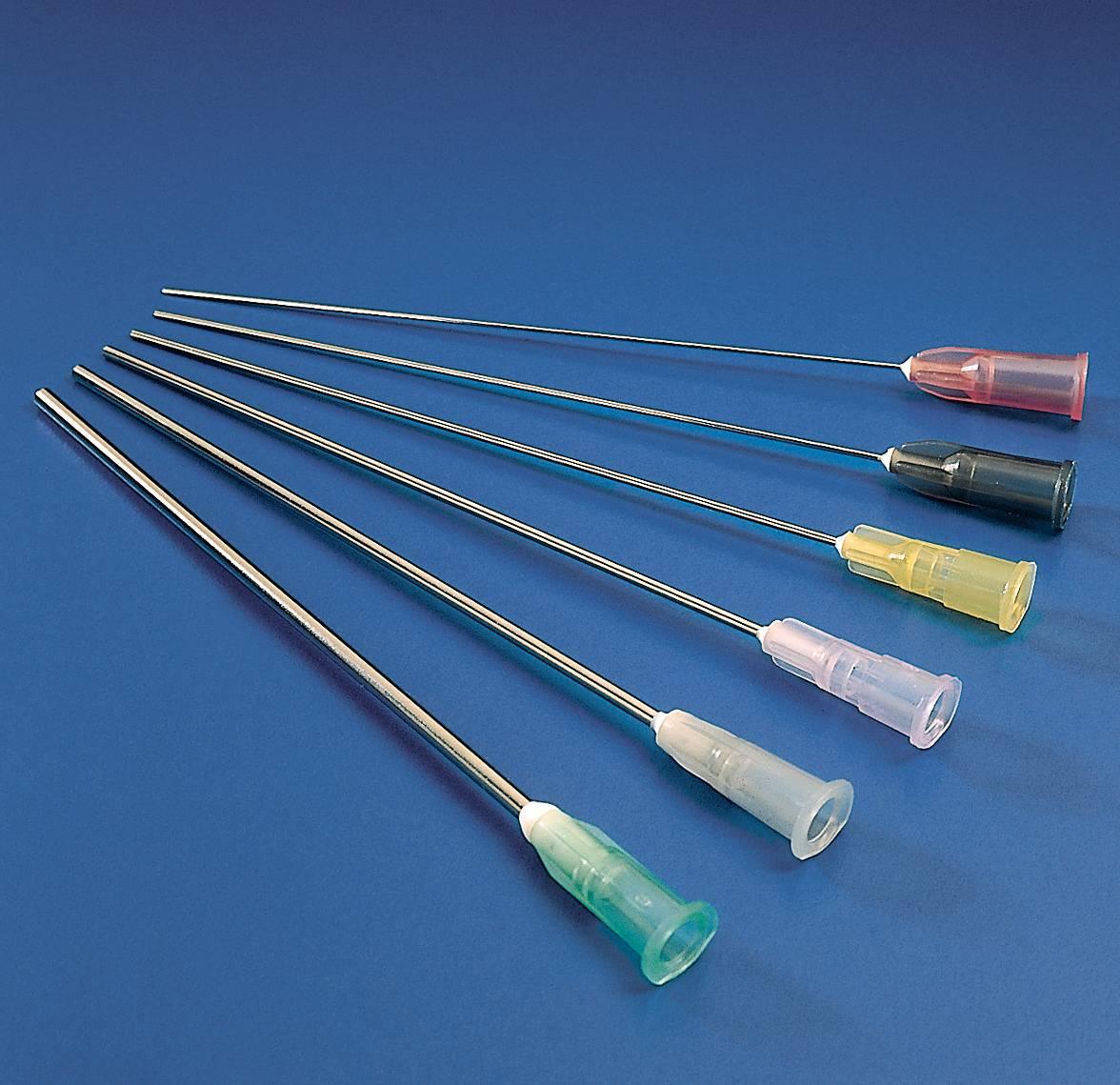What is a Cannula?
A cannula is a thin tube inserted into the body, usually into a vein or artery, in order to administer medication, fluids, nutrition or blood transfusions. It is a medical device commonly used in hospitals for patients who need continuous or frequent infusions over a period of time. Cannulas come in various sizes depending on where they will be placed in the body and the purpose for which they will be used.
Types of Cannulas
There are different types of cannulas designed for specific uses:
Intravenous Cannula (IV Cannula):
An intravenous cannula, commonly called an IV is the most commonly used type. It is a short, thin, flexible plastic tube inserted through the skin into a peripheral vein, usually in the arm or hand, to deliver fluids, medications, blood products and nutrients intravenously. IV cannulas can be left in place for hours or days to facilitate repeated injections or continuous infusions.
Arterial Cannula:
Arterial cannulas are inserted into arteries, usually the radial artery located in the wrist, to facilitate arterial blood pressure monitoring and blood sampling. They help health professionals assess oxygenation levels and ensure proper circulation.
Central Venous Cannula:
When long-term or high-volume intravenous access is needed, often in critically ill patients, a central venous cannula may be inserted. It provides direct access to large central veins near the heart for infusions, medications and fluid resuscitation. Placement sites include the internal jugular, subclavian or femoral veins.
Nasogastric Cannula:
A nasogastric tube (NG tube) is a special tube passed through the nose, down the throat and into the stomach. It has applications in feeding, decompression and medication administration. NG tubes help when someone cannot swallow or eat normally.
Urinary Catheter:
A hollow, flexible tube placed through the urethra into the bladder to drain urine is called a urinary catheter. It facilitates continuous drainage of urine from the bladder during medical procedures and in patients unable to urinate naturally.
Cannula Insertion and Maintenance
Cannula insertion requires strict aseptic technique to prevent infection. The site is cleaned with an antiseptic and sometimes numbed with local anesthetic before placement. cannula are secured firmly with sterile dressings after insertion to prevent dislodgement. Regular dressing changes help keep the site clean and prevent infection. Blood draws are usually done through an intravenous cannula rather than venipuncture when frequent blood samples are needed for testing and monitoring.
Indications for Cannula Use
Some common medical conditions and procedures that may require use of a cannula include:
- Administration of intravenous fluids, nutrients, medications or blood products when oral intake is not feasible. This includes major surgeries, trauma, gastrointestinal issues, etc.
- Invasive hemodynamic monitoring of central venous or arterial pressure in critical care settings.
- Therapies like chemotherapy, total parenteral nutrition, plasmapheresis, hemodialysis, blood transfusions, etc.
- Conditions requiring long-term venous or arterial access like cancer, liver disease, congestive heart failure.
- Conditions necessitating frequent blood sampling like diabetic ketoacidosis, hyperglycemic crises, coagulation disorders.
- Procedures like angiography, angioplasty where repeated contrast dye injections and pressure monitoring are involved.
- Feeding when oral intake is compromised due to neurological disorders, surgery of the head or neck region.
- Urinary drainage during urological surgeries or in patients with urinary retention.
Complications of Cannula Use
While cannulas provide lifesaving vascular access, certain risks and complications can potentially arise with prolonged use:
- Infection: Bacteria may enter through the insertion site potentially causing local or systemic infections. Strict sterile technique during insertion and care is imperative.
- Bleeding: Unintentional puncture of a blood vessel during placement can lead to bleeding, hematoma formation.
- Infiltration/Extravasation: Medications or fluids may leak into surrounding tissues instead of veins resulting in tissue damage.
- Thrombophlebitis: Inflammation of veins usually caused by infection or chemical injury from irritating solutions.
- Air embolism: Air entering the bloodstream through central lines can obstruct blood flow.
- Catheter embolism: Parts of broken catheter may accidentally detach and travel to vital organs.
- Nerve injury: Damage to surrounding nerves is a rare risk, especially with larger central lines.
Regular monitoring, secure dressing and prompt removal of non-functioning cannulas help mitigate complications. Overall, the benefits outweigh risks when cannulas are inserted and maintained properly.
cannulas serve as essential venous and arterial access points in modern medical practice, from routine intravenous therapy and blood draws to critical care monitoring. With strict adherence to infection control standards and careful securing, they ensure safe and efficient delivery of fluids, medications and diagnostic monitoring needed to treat various medical conditions.
Get More Insights On Cannula
About Author:
Alice Mutum is a seasoned senior content editor at Coherent Market Insights, leveraging extensive expertise gained from her previous role as a content writer. With seven years in content development, Alice masterfully employs SEO best practices and cutting-edge digital marketing strategies to craft high-ranking, impactful content. As an editor, she meticulously ensures flawless grammar and punctuation, precise data accuracy, and perfect alignment with audience needs in every research report. Alice's dedication to excellence and her strategic approach to content make her an invaluable asset in the world of market insights.
(LinkedIn: www.linkedin.com/in/alice-mutum-3b247b137 )

